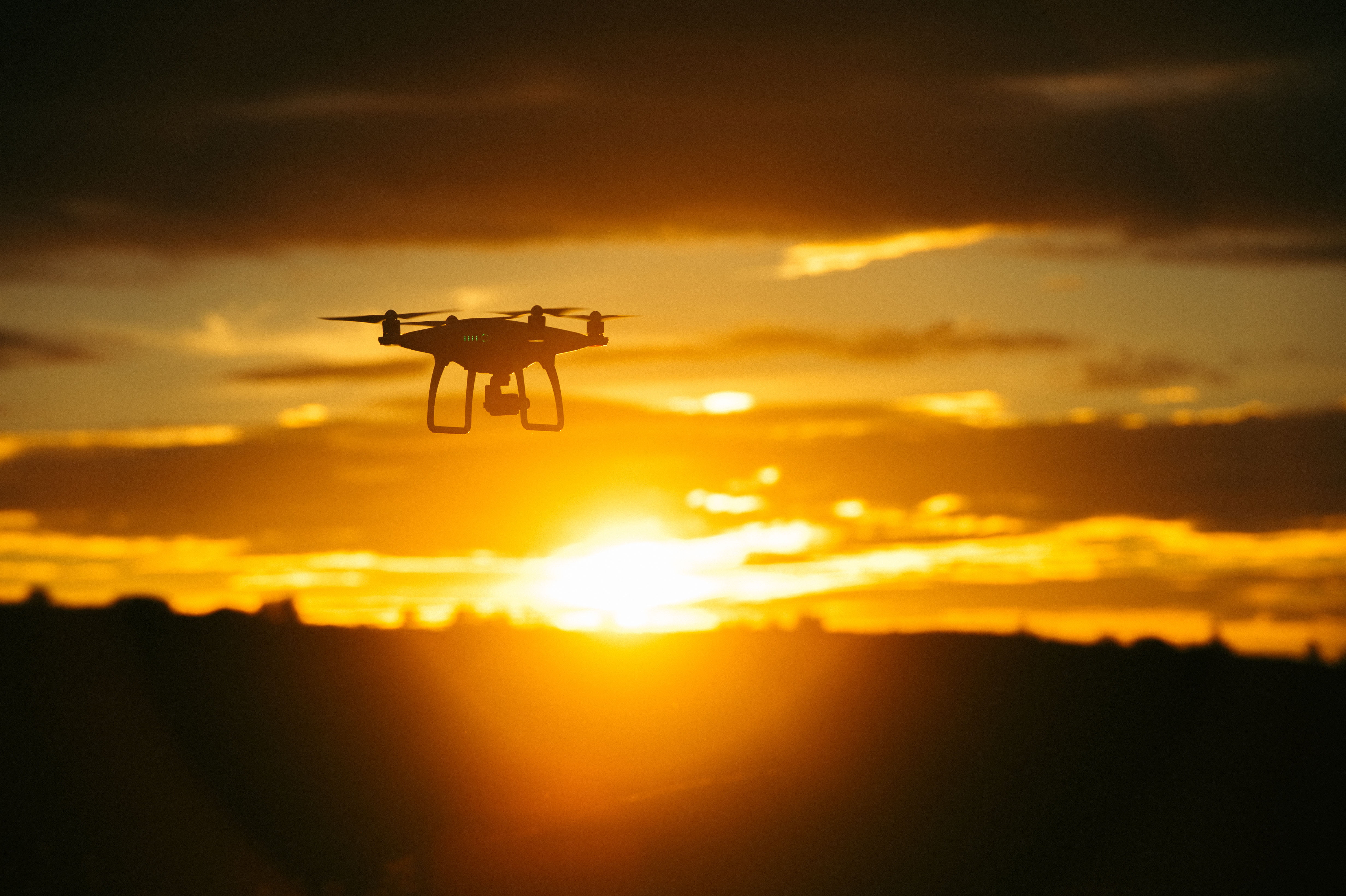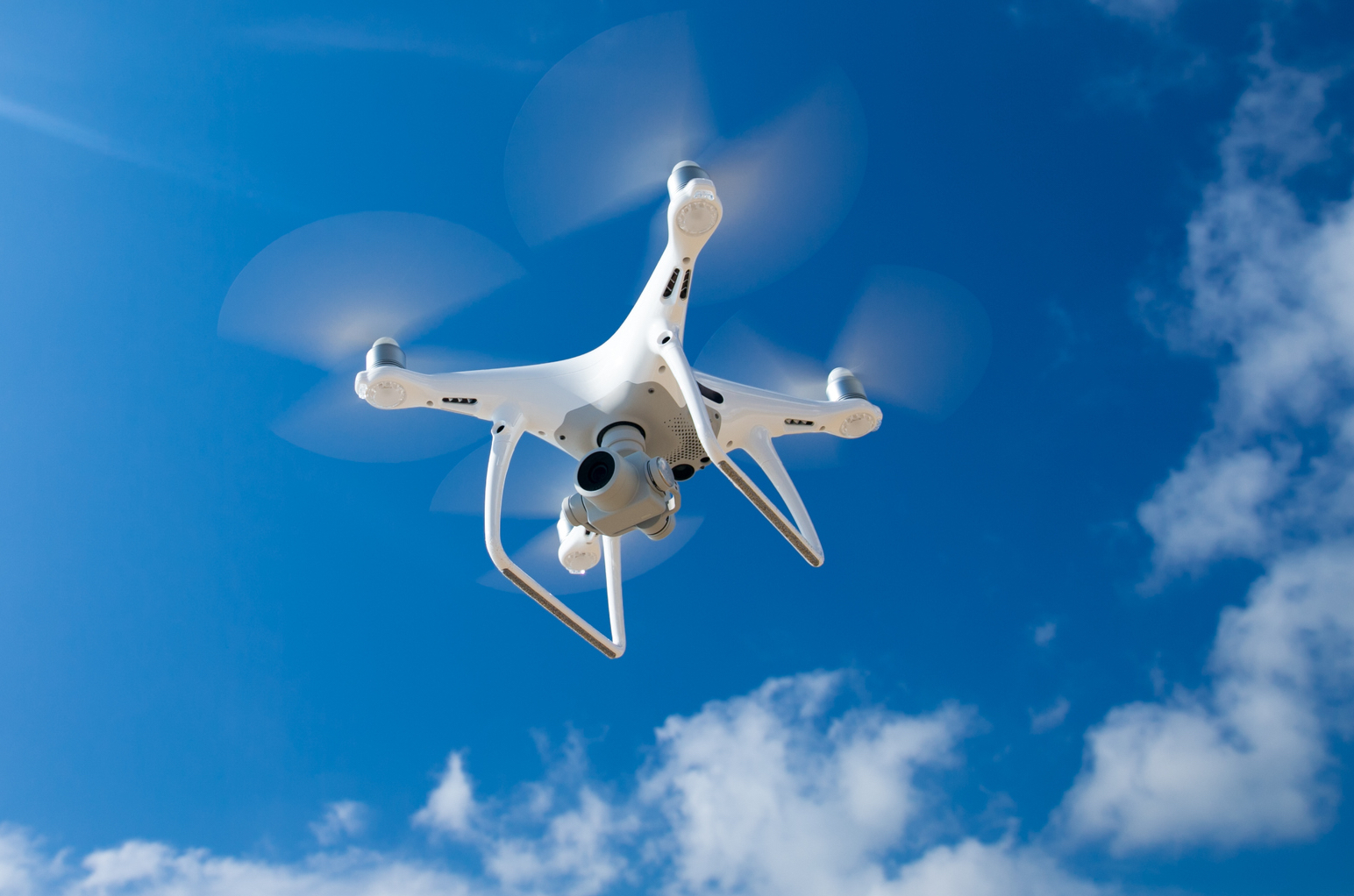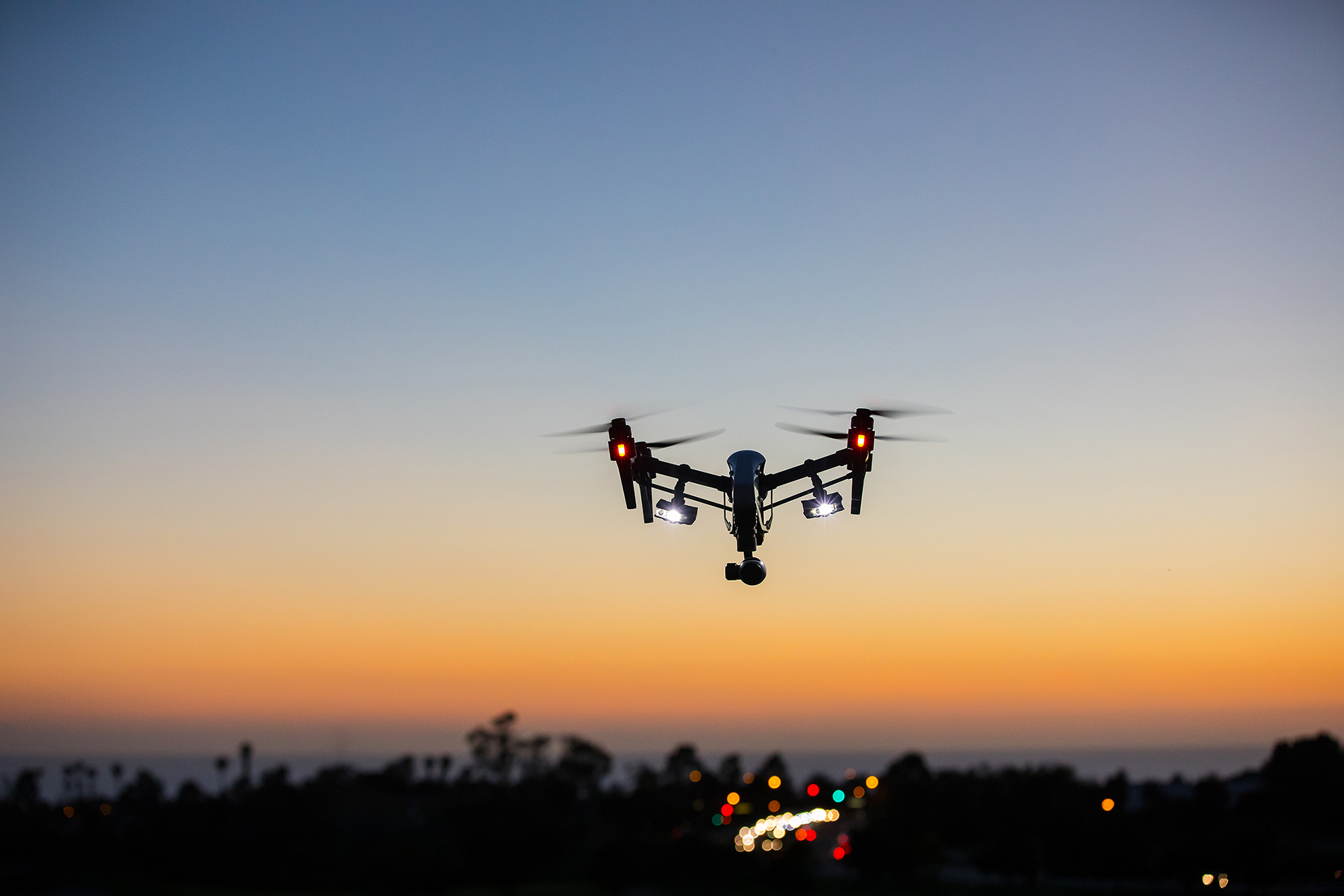Sky elements drones are revolutionizing atmospheric research. These unmanned aerial vehicles (UAVs) offer unprecedented access to atmospheric data, providing researchers with a flexible and cost-effective alternative to traditional methods like weather balloons and satellites. From monitoring cloud formations and precipitation patterns to measuring temperature gradients and atmospheric pressure, drones equipped with advanced sensors are transforming our understanding of the sky.
This technology allows for highly targeted data collection, enabling scientists to study localized weather phenomena with greater precision. Furthermore, the ability to deploy drones quickly and efficiently makes them invaluable for responding to rapidly evolving atmospheric events, such as severe storms or volcanic eruptions. The resulting data improves weather forecasting accuracy and enhances environmental monitoring efforts, leading to more informed decision-making in various sectors.
Drone Technology in Atmospheric Research
The integration of drone technology has revolutionized atmospheric research, offering unprecedented capabilities for data collection and analysis. Drones provide a cost-effective and flexible alternative to traditional methods, allowing for targeted observations and detailed spatial resolution previously unattainable.
Drone Types for Atmospheric Data Collection
Various drone platforms are employed for atmospheric research, each suited to specific tasks and altitude requirements. The choice depends on payload capacity, flight duration, and the type of sensors deployed.
| Drone Type | Payload Capacity (kg) | Flight Time (minutes) | Altitude Capability (meters) |
|---|---|---|---|
| Small Multirotor | 1-3 | 20-30 | 120-500 |
| Large Multirotor/Hexacopter | 5-10 | 40-60 | 500-1500 |
| Fixed-Wing UAV | 10-20 | 60-120 | 1500-3000 |
| High-Altitude Pseudo-Satellite (HAPS) | >20 | >240 | >5000 |
Advantages and Disadvantages of Drones vs. Traditional Methods
Compared to weather balloons and satellites, drones offer distinct advantages and disadvantages in atmospheric research.
Sky elements drones are revolutionizing aerial displays, offering breathtaking visuals and innovative choreography. For a prime example of this technology in action, check out the spectacular light shows featured at the florida drone show , which showcases the capabilities of advanced drone technology. These impressive displays highlight the potential of sky elements drones to create unforgettable experiences.
- Advantages: Targeted data collection, high spatial resolution, cost-effectiveness for localized studies, flexible deployment, and real-time data acquisition.
- Disadvantages: Limited flight time and range compared to satellites, susceptibility to weather conditions, regulatory restrictions, and potential safety concerns.
Safety Protocols and Regulations for High-Altitude Drone Operations
Operating drones at high altitudes necessitates strict adherence to safety protocols and regulations. These include obtaining necessary permits, adhering to airspace restrictions, employing fail-safe mechanisms, and maintaining constant communication with air traffic control.
- Prior flight planning and risk assessment are crucial.
- Redundant systems and emergency procedures are essential.
- Compliance with national and international aviation regulations is mandatory.
Sky Element Monitoring with Drones

Drones equipped with various sensors provide a powerful platform for monitoring a range of atmospheric elements. This allows for detailed, localized measurements, enhancing our understanding of atmospheric processes.
Sky Elements Monitored Using Drones
Drones effectively monitor numerous sky elements crucial for weather forecasting and environmental studies.
- Clouds: Type, coverage, altitude, and water content.
- Precipitation: Type, intensity, and distribution.
- Temperature Gradients: Vertical and horizontal temperature variations.
- Atmospheric Pressure: Spatial variations in atmospheric pressure.
Drone-Based Sensors for Sky Element Data Collection
A variety of sensors are integrated into drones for collecting atmospheric data. Each sensor provides unique insights into specific atmospheric parameters.
- Thermal Cameras: Measure temperature variations in clouds and land surfaces, useful for studying heat fluxes and identifying areas of convective activity.
- Spectrometers: Analyze the spectral composition of light, providing information on atmospheric gases, aerosols, and pollutants.
- Lidar: Measures distance to targets using lasers, allowing for 3D mapping of cloud structures and aerosol distributions.
Improving Weather Forecasting and Environmental Monitoring
Drone-collected data significantly enhances weather forecasting and environmental monitoring by providing high-resolution, localized information. For instance, detailed cloud structure data from drones improves numerical weather prediction models, leading to more accurate short-term forecasts. Similarly, drone-based monitoring of pollution plumes provides critical information for air quality management.
A real-world example is the use of drones in monitoring volcanic ash plumes. The high-resolution imagery and data on plume density and movement improve eruption response and aviation safety.
Sky elements drones, known for their innovative designs, often face unforeseen challenges. The recent incident involving a orlando drone show malfunction highlights the complexities of large-scale drone operations. Understanding such malfunctions is crucial for improving the safety and reliability of future sky elements drone deployments and ensuring seamless, captivating aerial displays.
Drone-Based Imaging and Photography of the Sky: Sky Elements Drones
High-resolution drone imagery and videography offer unique perspectives on atmospheric phenomena, useful for both scientific research and artistic expression.
Procedure for Capturing High-Resolution Sky Images and Videos
Obtaining high-quality aerial imagery requires careful planning and execution. This includes optimal camera settings, flight path planning, and image stabilization techniques.
- Camera Settings: High resolution, appropriate ISO, and shutter speed adjustments based on lighting conditions are crucial.
- Flight Paths: Pre-planned flight paths ensure consistent coverage and avoid unnecessary maneuvers.
- Image Stabilization: Employing gimbal stabilization systems minimizes image blur and ensures sharp images, even in windy conditions.
Challenges in Capturing Clear Images in Various Weather Conditions

Adverse weather conditions present significant challenges to drone-based sky imaging. Fog, rain, and strong winds can severely impact image quality and operational safety.
- Fog and rain can scatter light, reducing image clarity.
- Strong winds can destabilize the drone, leading to blurry images.
- Low light conditions require careful adjustments to camera settings.
Applications of Drone Imagery in Sky Element Studies
Drone imagery finds diverse applications in various fields.
- Scientific Research: Studying cloud microphysics, atmospheric boundary layer dynamics, and pollution dispersion.
- Artistic Endeavors: Creating stunning aerial photographs and time-lapse videos of cloudscapes.
- Commercial Applications: Monitoring weather conditions for construction, agriculture, and renewable energy.
Data Analysis and Visualization from Drone-Based Sky Observations
Effective analysis and visualization of drone-collected data are crucial for extracting meaningful insights from atmospheric observations. This involves employing appropriate data processing techniques and visualization tools.
Method for Processing and Analyzing Large Drone Datasets
Processing large drone datasets requires efficient data management and analysis techniques. This often involves using specialized software and algorithms to handle the volume and variety of data.
- Data Cleaning and Preprocessing: Removing noise and correcting for sensor biases.
- Data Calibration and Validation: Ensuring data accuracy and consistency.
- Statistical Analysis: Identifying patterns and trends in the data.
Data Visualization Techniques
Visualizing drone-collected data using various techniques enhances understanding and communication of results.
- Graphs and Charts: Illustrating temporal and spatial variations in atmospheric parameters.
- Maps: Showing the spatial distribution of atmospheric elements.
- 3D Models: Representing complex atmospheric structures and processes.
Building Predictive Models for Weather Patterns
Drone data, integrated with other sources, can improve the accuracy of weather prediction models. By providing high-resolution, localized information, drone data helps refine numerical weather prediction models, leading to more accurate forecasts.
For example, integrating drone-based cloud data with satellite imagery and ground-based weather station data can significantly improve the accuracy of short-term precipitation forecasts.
Ethical and Legal Considerations of Drone Use in Airspace

The increasing use of drones in airspace necessitates careful consideration of ethical and legal implications. This includes addressing safety concerns, conflicts with other air traffic, and privacy issues.
Potential Risks and Challenges of Drone Operations, Sky elements drones
Drone operations in airspace present several potential risks and challenges.
- Safety Concerns: Collisions with manned aircraft, infrastructure, or people.
- Air Traffic Conflicts: Interference with other air traffic, including helicopters and airplanes.
- Data Privacy Issues: Unauthorized surveillance and data collection.
Regulations and Guidelines for Drone Operations
National and international regulations govern drone operations, addressing airspace restrictions, licensing requirements, and operational safety protocols. These regulations vary significantly by country and region.
For instance, the FAA in the United States has established strict regulations for drone operations, including registration requirements, pilot certification, and operational limitations.
Sky elements drones, with their intricate choreography and vibrant displays, are revolutionizing aerial entertainment. For a spectacular example of this technology in action, check out the impressive light shows at the orlando drone show , showcasing the latest advancements in drone technology. Witnessing such performances truly highlights the evolving capabilities of sky elements drones and their potential for future innovation.
Ethical Considerations in Drone Use
Ethical considerations are paramount in drone operations, particularly concerning sensitive environments and private property. Responsible use of drone technology requires respecting privacy rights and avoiding potential harm to the environment or individuals.
For example, using drones to monitor endangered species habitats requires careful planning to minimize disturbance and ensure ethical data collection practices.
Future Applications of Drones in Sky Element Research
Advancements in drone technology promise to further enhance their role in atmospheric research. This includes the development of autonomous drones, AI-powered image analysis, and improved sensor capabilities.
Potential Future Applications of Drone Technology
Future applications of drone technology in atmospheric research are numerous.
- Autonomous Drones: Enabling long-duration flights and remote data collection in hazardous environments.
- AI-Powered Image Analysis: Automating data processing and analysis, increasing efficiency and accuracy.
- Advanced Sensors: Providing more detailed and comprehensive atmospheric data.
Impact of Advancements in Drone Technology
Advancements in drone technology, such as longer flight times and improved sensor capabilities, will significantly impact future atmospheric research. Longer flight times will allow for extended monitoring periods, while improved sensors will provide more detailed and accurate data.
For instance, drones with longer flight times could be deployed to monitor atmospheric conditions over large geographical areas, providing valuable data for weather forecasting and climate modeling.
Integrating Drone Data with Other Atmospheric Information

Integrating drone data with other sources of atmospheric information, such as satellite data and weather station data, will provide a more holistic understanding of atmospheric processes. This integrated approach will lead to more accurate and comprehensive atmospheric models.
An example is the combination of high-resolution drone data on cloud microphysics with satellite-based measurements of large-scale atmospheric patterns. This combined approach allows for a more comprehensive understanding of cloud formation and evolution.
The integration of drones into atmospheric research represents a significant leap forward in our ability to understand and predict weather patterns and environmental changes. The versatility of drone technology, coupled with advancements in sensor capabilities and data analysis techniques, promises even more profound insights into the complexities of the atmosphere in the years to come. As regulations evolve and technology continues to advance, we can expect sky elements drones to play an increasingly crucial role in safeguarding our planet and improving the lives of people worldwide.
FAQ Explained
What is the maximum altitude a drone can reach for atmospheric research?
The maximum altitude varies greatly depending on the drone model, its capabilities, and applicable regulations. Some research drones can reach altitudes exceeding 10,000 feet, while others are limited to lower altitudes due to safety and regulatory constraints.
How much does a drone for atmospheric research cost?
The cost varies widely depending on the drone’s features, sensor capabilities, and payload capacity. Prices can range from a few thousand dollars for basic models to hundreds of thousands of dollars for highly specialized research drones.
What are the environmental impacts of using drones for atmospheric research?
The environmental impact is generally considered minimal, but responsible operation is crucial. Factors to consider include battery disposal and potential noise pollution. Choosing eco-friendly drone models and minimizing flight times can help mitigate any negative impact.